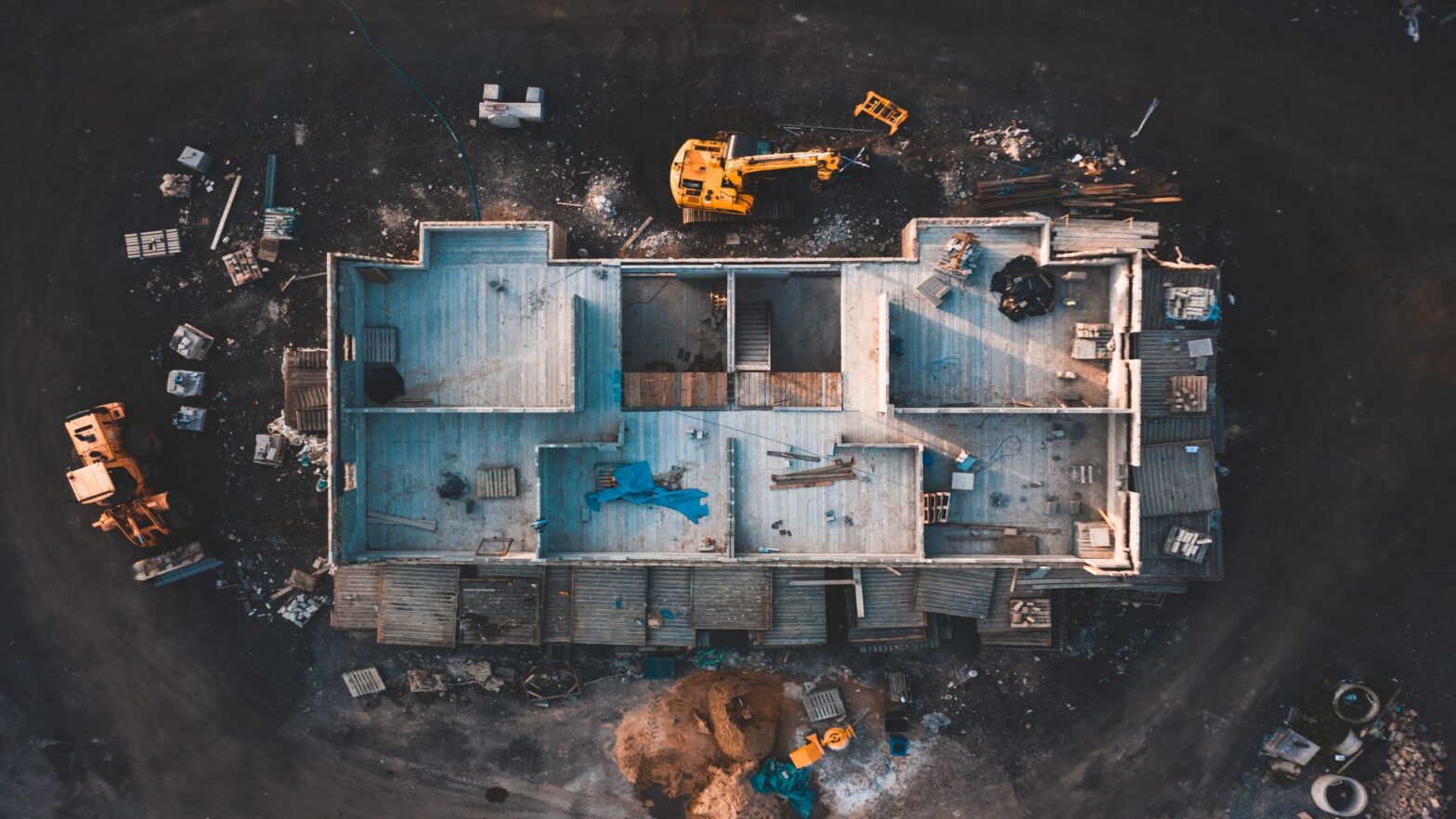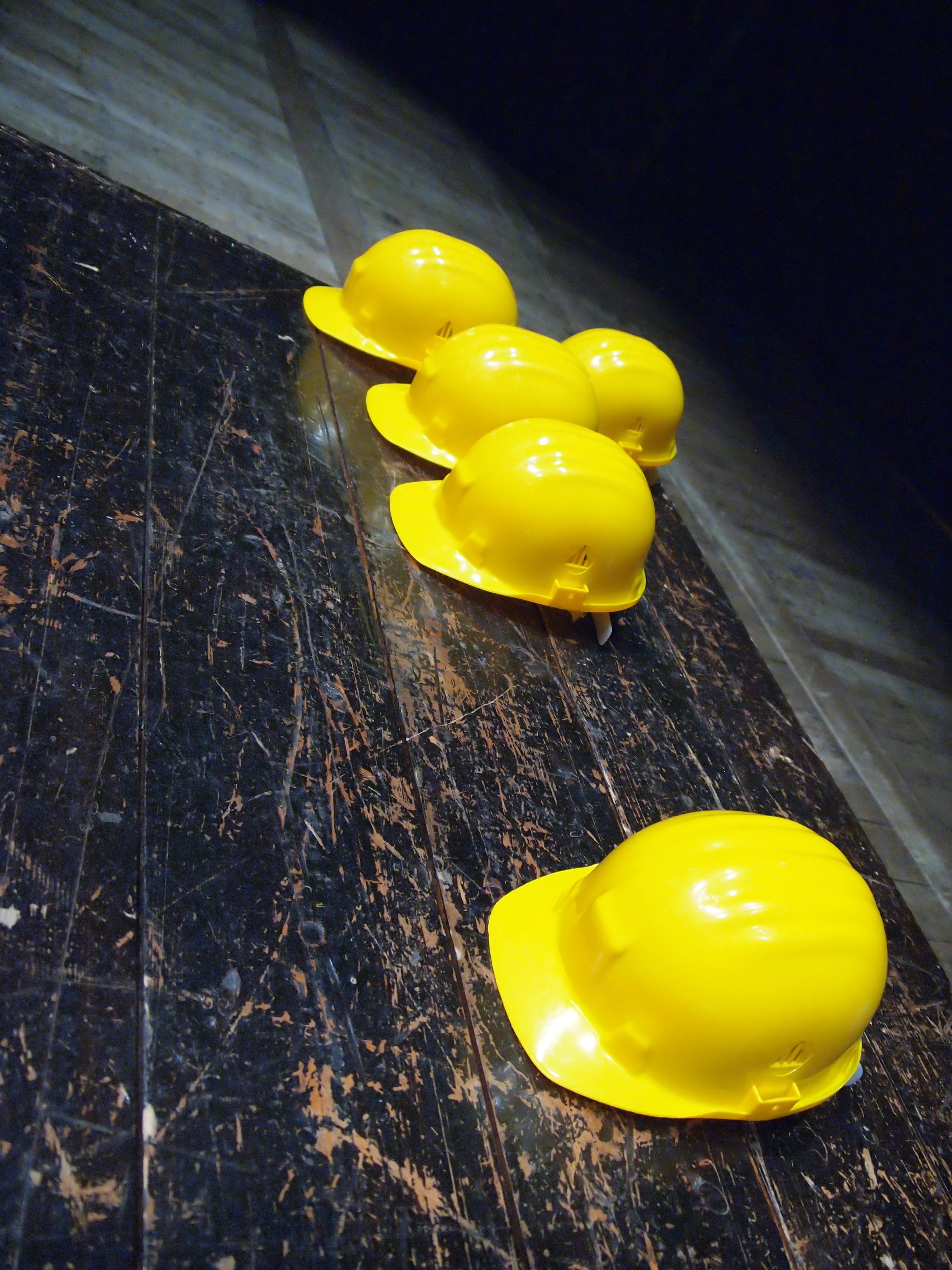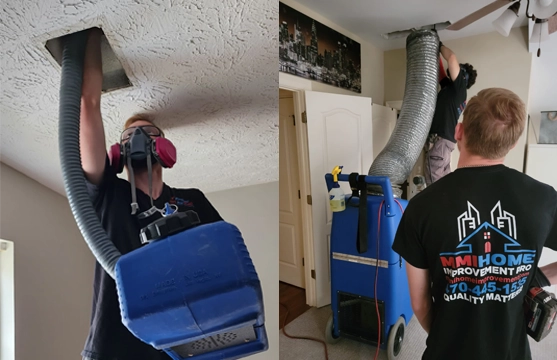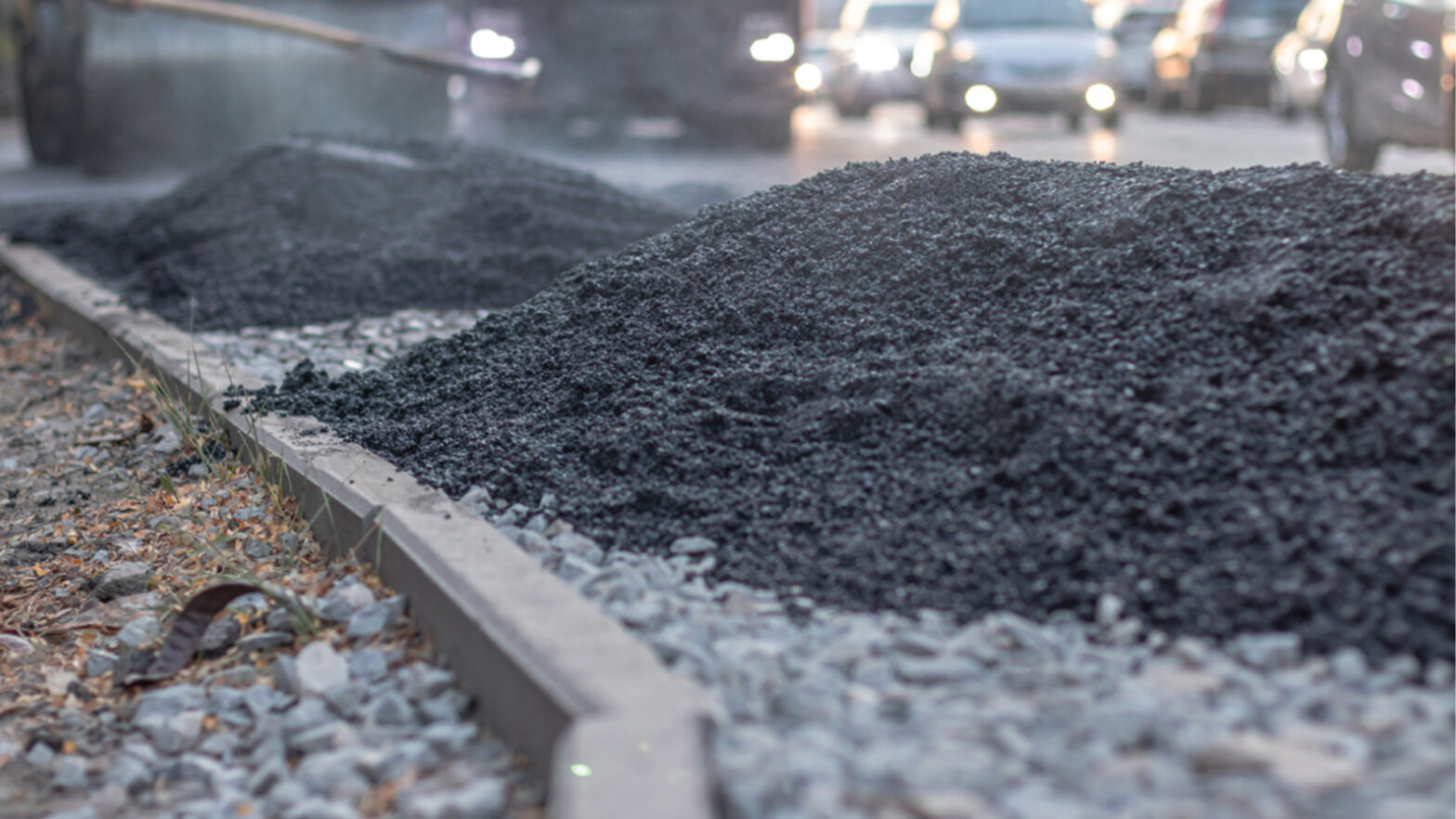Fire Damage Cleanup: What Most Insurance Companies Won’t Tell You (2025 Guide)
A fire department somewhere in the United States responds to a fire every 24 seconds. Fire damage cleanup has become a vital concern for property owners across the country. These destructive events cause more than $25.5 billion in direct property damage costs each year. Most insurance companies don’t tell you everything about what it takes to recover.
Many people believe fire damage means losing everything. The reality is different – proper restoration techniques can bring many items back to their original condition. The recovery process isn’t as simple as insurance companies make it sound. Fire damage restoration takes weeks, maybe even months because water from firefighting efforts usually makes things worse.
Let’s uncover what insurance companies won’t tell you about fire damage cleanup. You’ll learn about hidden policy exclusions and documentation requirements that will help you handle your fire damage claim the right way.
Understanding Your Insurance Policy’s Fine Print
Insurance policies can be tricky, especially when it comes to fire damage. What seems like comprehensive coverage can often have hidden clauses, unexpected exclusions, and valuation methods that leave homeowners with less than they anticipated.
Understanding the fine print can help you avoid costly surprises and ensure you’re fully prepared in the event of a disaster. Here’s what to watch out for.
Common coverage limitations for fire damage
Standard homeowners insurance usually covers fire damage, but significant exclusions exist. Your policy won’t cover damage from arson, nuclear hazards, poor maintenance, or regular wear and tear. Insurance companies might limit coverage or refuse to insure properties in high-risk areas.
You might need to look into alternative options like surplus lines brokers or FAIR insurance plans. These options tend to get pricey and offer fewer protections.
The ‘actual cash value’ vs. ‘replacement cost’ trap
The biggest difference in your policy’s fine print lies in how your property gets valued. Insurance policies typically use one of two valuation methods:
- Actual Cash Value (ACV): Pays repair costs minus depreciation for age and use
- Replacement Cost Value (RCV): Covers full replacement costs at today’s prices
This difference can hit your wallet hard. A five-year-old couch destroyed by fire would get $3,500 for replacement under RCV, while ACV might only pay $1,500 after depreciation. RCV coverage often starts with the depreciated value first. You’ll need to replace items and submit receipts to get the full replacement cost.
Hidden exclusions that affect fire damage claims
Policies have many hidden exclusions beyond the obvious ones. Most won’t cover mold and rot damage—a problem since firefighting water often causes mold. Your policy likely caps coverage for valuable items like jewelry or electronics. Empty properties face limited coverage because insurers see them as higher risk.
Time limitations you weren’t told about
Your clock starts running right after a fire happens. Most policies give you just one year to file a claim, though state laws vary. Your policy’s contract periods might require lawsuit filing within strict timeframes—often just one year from the loss date. Missing these deadlines can block your compensation rights, whatever your claim’s merit.
The best way to avoid insurance surprises during fire damage cleanup is to understand these limitations before disaster strikes.
The True Cost of Fire Damage Restoration Services
Restoring a home after a fire isn’t just about repairs—it’s about navigating insurance claims, covering unexpected costs, and making sense of financial gaps you didn’t see coming.
Many homeowners assume their policy will take care of everything, only to find out that coverage limits, delays, and hidden expenses make recovery more complicated than expected. Here’s what you need to know before the bills start adding up.
Why insurance estimates often fall short
Insurance adjusters don’t get the full picture when estimating restoration costs. Recent data shows 77% of insurance payouts in California during 2018-2019 were nowhere near actual replacement costs, falling short by 35%. One homeowner got just $1,151 for repairs that cost over $50,000.
There’s another reason homeowners struggle – insurance companies take months to provide adjustment reports. This leaves families in financial limbo while their homes sit uninhabitable.
Additional Living Expenses: what’s really covered
Your policy likely includes Additional Living Expenses (ALE) coverage to help with temporary housing costs. After emergencies, policyholders usually get ALE coverage for 24 months, plus a 12-month extension when reconstruction delays happen beyond their control.
All the same, insurers often cut allowances early or set strict dollar limits that run out before repairs finish. ALE only pays the difference between your normal living costs and temporary expenses—not your total living situation.
Out-of-pocket costs insurance companies rarely mention
Hidden costs pile up quickly beyond basic restoration:
- Water damage restoration from firefighting efforts: $1,000 to $5,000
- Smoke and soot removal: $2,000 to $6,000
- Chemical contamination cleanup: $600 to $2,000
- Odor removal: $1,000 to $3,000
These costs can wreck your finances when combined with mandatory deductibles, expenses over policy limits, and emergency costs before claim processing.
How depreciation affects your settlement
Insurance companies usually split payments into two parts: the Actual Cash Value (ACV) first, then recoverable depreciation after repairs finish. A two-year-old laptop with a five-year life expectancy would get you just 60% of its replacement value initially.
You must buy replacement items, submit receipts, and meet tight deadlines—usually within 180 days of the loss. The final payment only covers what you spend, not the estimated replacement cost.
Documentation Tactics That Protect Your Claim
Thorough documentation can make or break your fire damage claim. Insurance companies require detailed proof of what you owned and the extent of the damage, and without it, you could end up with a much lower payout than expected.
Taking the right steps before and after a fire ensures you have the evidence needed to support your claim and recover what you’re owed. Here’s how to do it effectively.
Making a complete inventory before disaster strikes
The best documentation happens well before any fire occurs. Taking inventory of what you own now will save you stress later and make your claim stronger.
You have several ways to do this:
- Digital inventory apps: The National Association of Insurance Commissioners offers a free Home Inventory App that guides you through documenting each room.
- Visual documentation: Use your smartphone to record video of everything in each room. Get shots of serial numbers and model information for expensive electronics and appliances.
- Written records: Make spreadsheets with item descriptions, purchase dates, costs, and serial numbers. Keep both digital and physical copies of important documents in a fireproof safe, cloud storage, or a bank safety deposit box.
Most homeowners (77%) don’t have complete documentation of their possessions. Make sure to update your inventory every year or after major purchases.
The right way to document fire damage
After a fire, good documentation becomes essential:
- Start outside: Take photos of your property from every angle, starting at your front door. Include any boarded windows, tarps, or damage to the exterior.
- Document systematically: Take photos from right to left in each room to capture ceiling, wall, and floor damage. Get both close-ups of specific damage and wider shots for context.
- Include scale references: Put a ruler or your finger next to damaged areas to show their size.
- Record everything: Take photos of all smoke damage, water damage from firefighting, and affected personal items—even ones that look salvageable.
- Keep documentation ongoing: Take more photos during restoration, especially if contractors find new damage behind walls or under floors.
Note that insurance companies expect proof of what you owned and how badly it was damaged—they won’t just take your word for it.
Common Insurance Company Tactics to Reduce Payouts
Insurance companies are in the business of minimizing payouts, and they use a variety of tactics to reduce what they owe homeowners after a fire. From steering you toward specific vendors to dragging out the claims process, these strategies can leave you with far less than you need for full recovery.
Understanding these common practices can help you push back and ensure you get the settlement you deserve.
The ‘preferred vendor’ strategy
Insurance adjusters often suggest their “preferred vendors” for fire damage restoration and claim these companies will speed up your claim. These vendors actually get on approved lists by giving big discounts to insurance companies. A clear conflict of interest exists here – these contractors care more about keeping insurers happy than giving you quality service.
This can lead to serious problems. These vendors might rush through fire damage repairs and miss hidden damages just to cut costs. To name just one example, they could quickly clean smoke-damaged areas without fixing why it happens, which causes issues later. You should know that you have the legal right to pick your own restoration professionals.
Delay tactics and how to counter them
Insurance companies often create delays to push you into taking lower settlements. They ask for the same documents repeatedly, assign new adjusters to your case, and take too long to respond. They know you need money fast to start repairs and use this against you.
You should document every time you talk to your insurer. Some states now have laws that make insurance companies respond within seven days. Starting a “claim diary” to track all interactions helps. Without doubt, good records give you crucial evidence if you need legal help later.
Partial approvals and lowball offers
Your original settlement offer will probably be much lower than what your claim is worth. Insurance companies might undervalue damages, take off too much for depreciation, or question the quality of items you lost. They also like to approve only parts of your claim while denying others.
Unfortunately, many homeowners take these offers because they’re desperate, and end up paying a lot themselves. Insurance companies also hire biased experts they work with regularly to assess damages. You can protect yourself by getting independent assessments from trusted contractors. Think over talking to a professional public adjuster or attorney if talks go nowhere.
Conclusion
Recovering from fire damage is never easy, but being informed can make all the difference. Understanding your insurance policy, documenting your property thoroughly, and recognizing common tactics used by insurers can help you secure the settlement you deserve.
While the road to restoration may be long, taking proactive steps now can save you time, money, and stress later. The more you know, the better prepared you’ll be to rebuild with confidence.

































